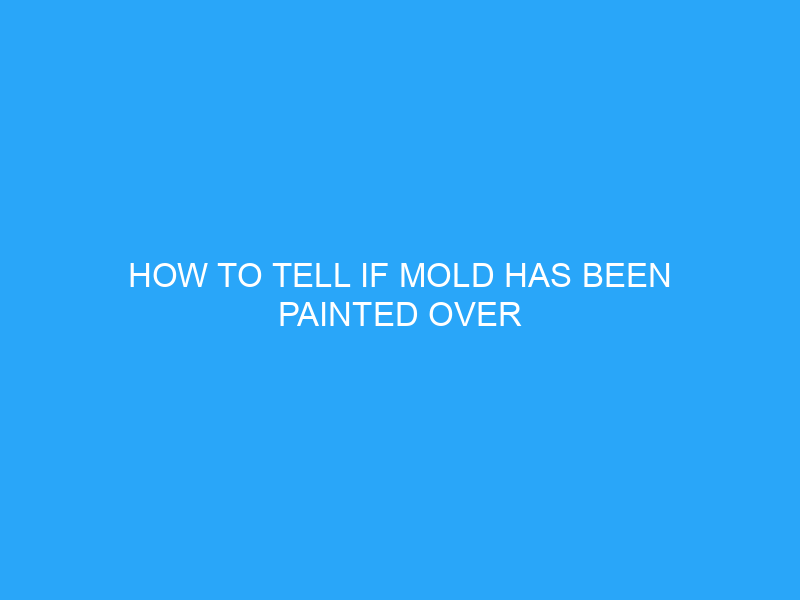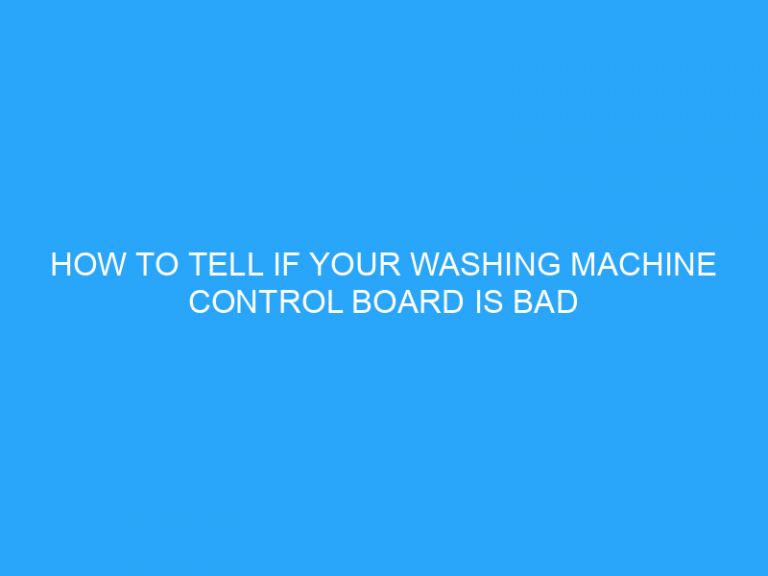It can be difficult to tell if mold has been painted over, but with a few careful steps, you can determine whether or not the mold has been covered up. The presence of mold in a home or business can be a serious health hazard, and it’s important to take the necessary steps to identify and address the problem. In this article, we’ll discuss how to tell if mold has been painted over, what to do if you find it, and how to prevent it from growing in the future.
What Is Mold?
Mold is a type of fungus that can grow on organic materials such as wood, paper, and drywall. It’s a common problem in both homes and businesses, and it can cause health problems such as respiratory issues and skin irritations. Mold can be difficult to spot, as it can often be hidden behind walls or under carpets.
How to Tell If Mold Has Been Painted Over
The first step in determining if mold has been painted over is to look for signs of discoloration on walls, ceilings, and other surfaces. If you notice any yellow, brown, or black patches on walls or ceilings, you may have a mold problem. In addition, look for any musty odors in the area. If you detect a musty smell, it’s a sign that mold is present.
If you suspect that mold has been painted over, you’ll need to do a more thorough inspection. Start by taking off a corner of paint from the wall or ceiling and inspecting the area behind it. If you see any black or green spots on the wood or drywall, it’s a sign that mold is present. In addition, you can use a moisture meter to detect any moisture in the area, as mold thrives in damp environments.
What To Do If You Find Mold
If you find mold, it’s important to address it immediately. Start by removing any porous materials such as carpets, wallpaper, and drywall. You’ll also need to clean the area with a bleach solution to kill any remaining mold spores. Once the area is clean, you’ll need to apply a mold-resistant paint or sealant to prevent the mold from coming back.
How To Prevent Mold Growth
In addition to addressing any current mold problems, it’s important to take steps to prevent future mold growth. Start by keeping the area dry and well-ventilated. This includes fixing any plumbing leaks and using a dehumidifier in damp areas. You should also inspect the area regularly for signs of mold, and take action if you find any.
Frequently Asked Questions about How to Tell if Mold Has Been Painted Over
What Does Mold Look Like?
Mold can range in color from white to black and can look like spots or patches on walls and ceilings. It can also have a musty odor.
How Can I Prevent Mold Growth?
To prevent mold growth, keep the area dry and well-ventilated. Fix any plumbing leaks and use a dehumidifier in damp areas. Regularly inspect the area for signs of mold and take action if you find any.
Can Mold Be Painted Over?
Yes, mold can be painted over, but it won’t necessarily solve the problem. The mold will need to be removed and the area cleaned before painting.
What Should I Do If I Find Mold?
If you find mold, it’s important to address it immediately. Remove any porous materials and clean the area with a bleach solution. Once the area is clean, apply a mold-resistant paint or sealant to prevent the mold from coming back.
Conclusion
Mold can be difficult to spot, and it can be even more difficult to tell if it has been painted over. By looking for signs of discoloration and musty odors, you can determine if you have a mold problem. If you find mold, it’s important to address it immediately by removing any porous materials, cleaning the area, and applying a mold-resistant paint or sealant. Taking steps to prevent future mold growth, such as keeping the area dry and using a dehumidifier, can help ensure that the problem doesn’t return.






